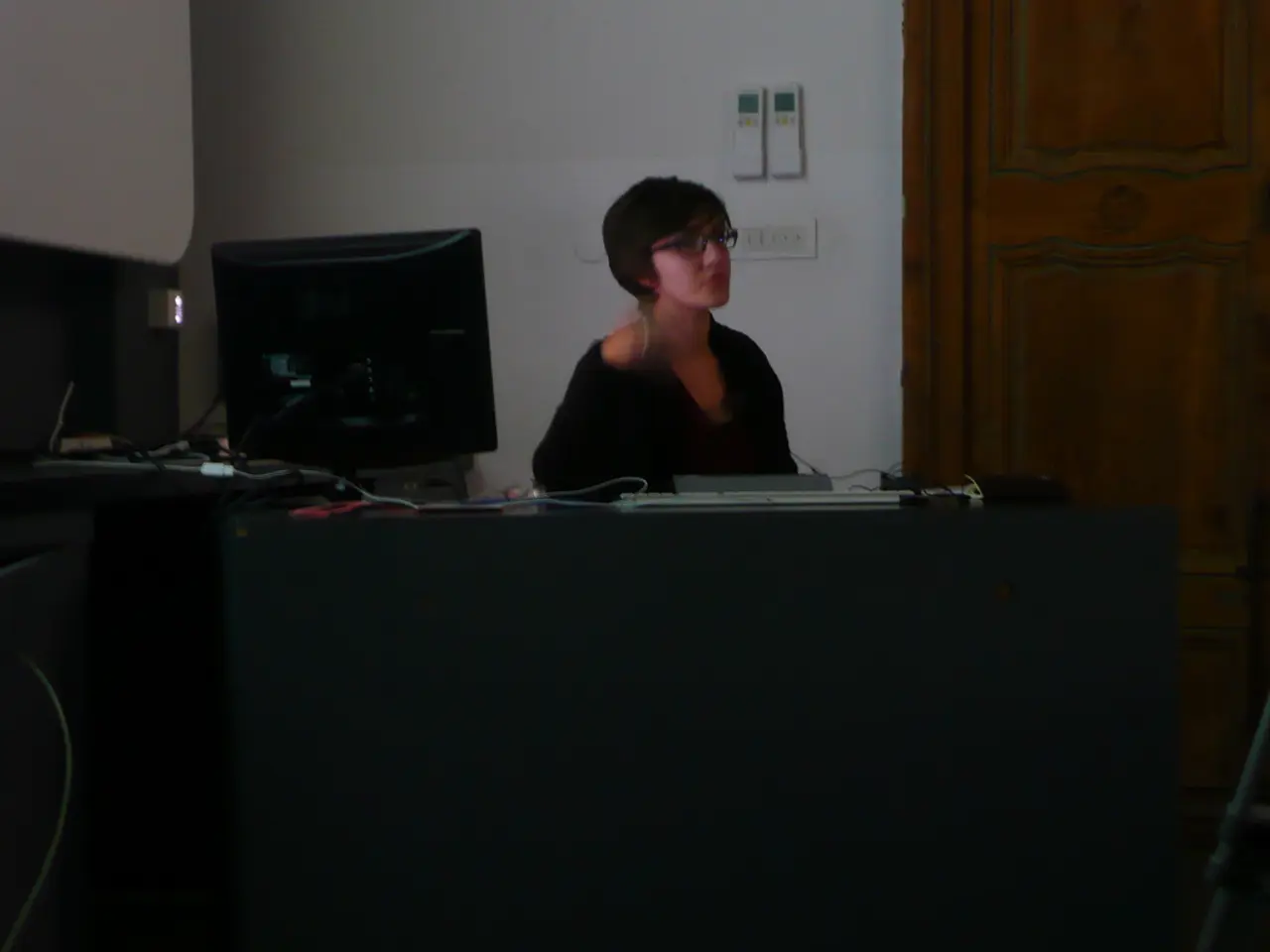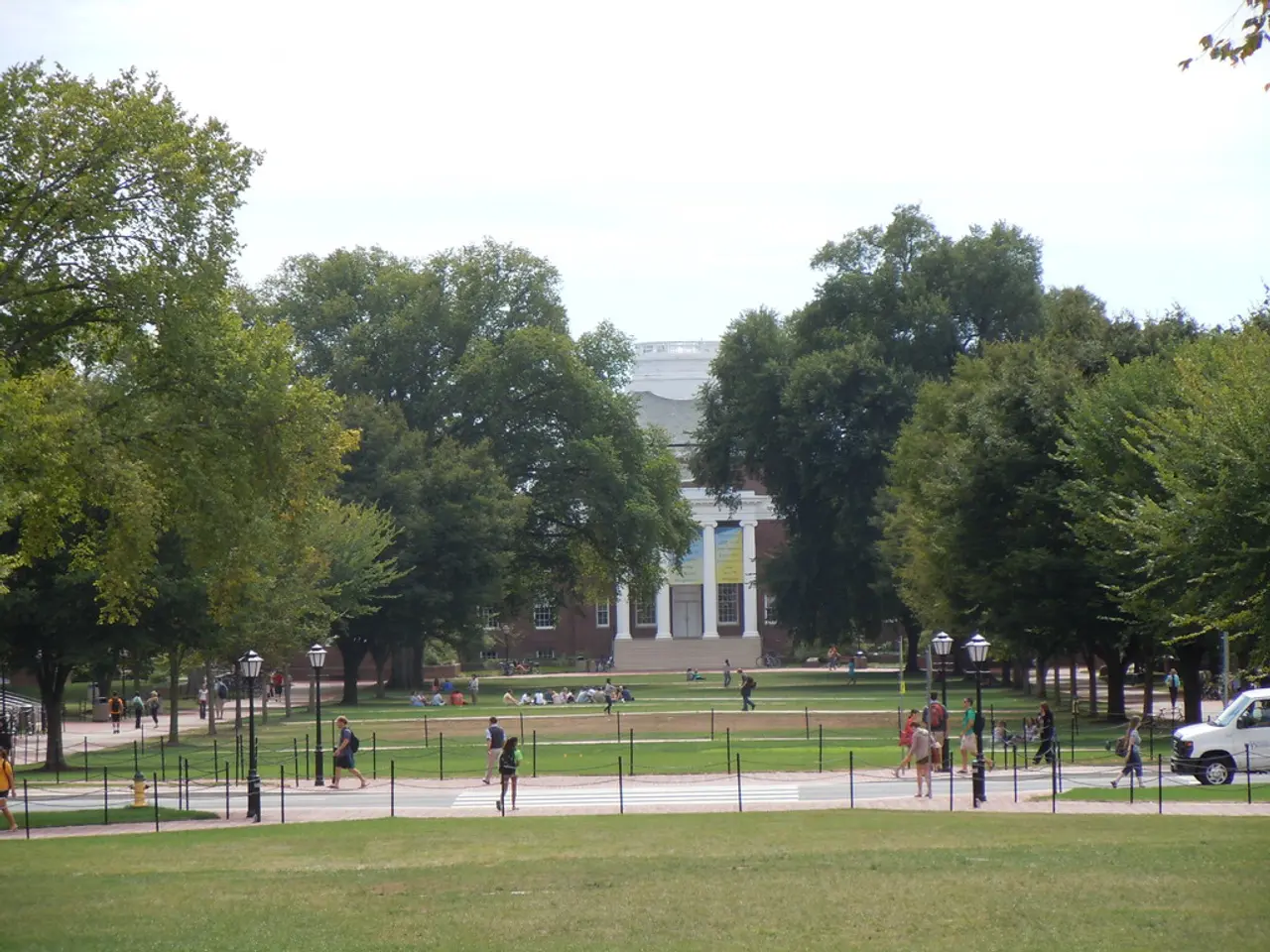Decline in Footfall Attributed to Tate's Programming by Critics, Yet Social-Economic Factors and Brexit Also Pointed Out as Contributors
The Tate Modern, the world's most visited modern and contemporary art museum, has reported a drop in visitor numbers, particularly among international audiences. According to The Art Newspaper, the museum welcomed 25% fewer visitors in 2023 compared to pre-pandemic levels.
The decline is largely attributed to a combination of post-pandemic travel disruptions, socioeconomic challenges, and Brexit-related impacts. The global health crisis, starting in 2020, severely curtailed international travel and cultural tourism, leaving a lingering impact on visitor numbers, particularly among younger audiences who are more sensitive to travel restrictions and economic uncertainty.
Economic pressures like inflation, cost of living rises, and changing spending priorities have hit young people disproportionately, reducing discretionary spending on activities like international art visits. Younger age groups often face more financial instability, which curtails their cultural tourism activities.
The UK's exit from the EU introduced new travel restrictions, visa requirements, and potential cost increases for EU visitors and other international tourists. This has made visiting UK cultural institutions more complicated and expensive, causing a decline in visitors from Europe, a key source of Tate's international audience.
Ongoing geopolitical tensions and trade uncertainties have also contributed to a general decrease in international tourism confidence, which affects museum attendance at globally recognized venues like Tate Modern.
The Tate Modern accounts for around three-quarters of the group's total annual visitors. Tate Modern's domestic visitor level is higher than its international visitor level, with the museum currently at 95% of its pre-Covid visitor level domestically, compared to 61% internationally.
Tate Liverpool is closed until 2027, and Tate St Ives saw an almost 40% drop in attendance. Meanwhile, Tate Britain witnessed a 32% decrease in visitors compared to pre-pandemic levels.
The decline in young visitors from the EU, specifically in the 16-24 age bracket, has been significant. In 2019-20, Tate Modern welcomed 609,000 visitors from Europe, between ages 16 to 24, but then 357,000 in 2023-24.
Some critics have attributed the Tate Modern's financial woes to its programming and curatorial strategies. However, the museum's visitor levels are split between domestic and international visitors, suggesting that external factors may play a significant role in the decline.
The Louvre, Vatican Museums, the British Museum, and MoMA are ahead of Tate Modern in terms of visitor numbers. Despite these challenges, the Tate Modern remains a crucial cultural institution, and efforts are being made to address these issues and secure its future.
[1] The Art Newspaper. (2023). Tate Modern reports budget deficit amid visitor decline. [online] Available at: https://www.theartnewspaper.com/news/tate-modern-reports-budget-deficit-amid-visitor-decline
[2] Cultural Trends. (2022). Impact of Brexit on UK Cultural Tourism. [online] Available at: https://www.culturaltrends.org.uk/research/impact-of-brexit-on-uk-cultural-tourism/
[3] VisitBritain. (2021). Impact of COVID-19 on UK Tourism. [online] Available at: https://www.visitbritain.org/industry-advice/covid-19-advice-and-guidance/impact-of-covid-19-on-uk-tourism
[4] UNWTO. (2020). Impact of COVID-19 on Tourism. [online] Available at: https://unctad.org/system/files/official-document/tdt2021d1_en.pdf
- The Tate Modern, a museum renowned for modern and contemporary art, has experienced a 25% decrease in visitor numbers in 2023 compared to pre-pandemic levels, with a significant drop among international audiences.
- The post-pandemic travel disruptions, economic challenges, and Brexit-related impacts are believed to be the primary reasons for the decline in visitor numbers at the Tate Modern.
- Younger audiences are particularly impacted due to travel restrictions, economic uncertainty, and changes in spending priorities caused by inflation and cost of living increases.
- New travel restrictions, visa requirements, and potential cost increases following the UK's exit from the EU have made visiting UK cultural institutions like the Tate Modern more complex and expensive for international tourists, leading to a decline in European visitors.
- Ongoing geopolitical tensions and trade uncertainties have also contributed to a general decrease in international tourism confidence, which affects museum attendance at venues like the Tate Modern.
- Despite the decline, the Tate Modern remains a significant cultural institution, and efforts are being made to address the issues and secure its future, as it accounts for around three-quarters of the group's total annual visitors.




